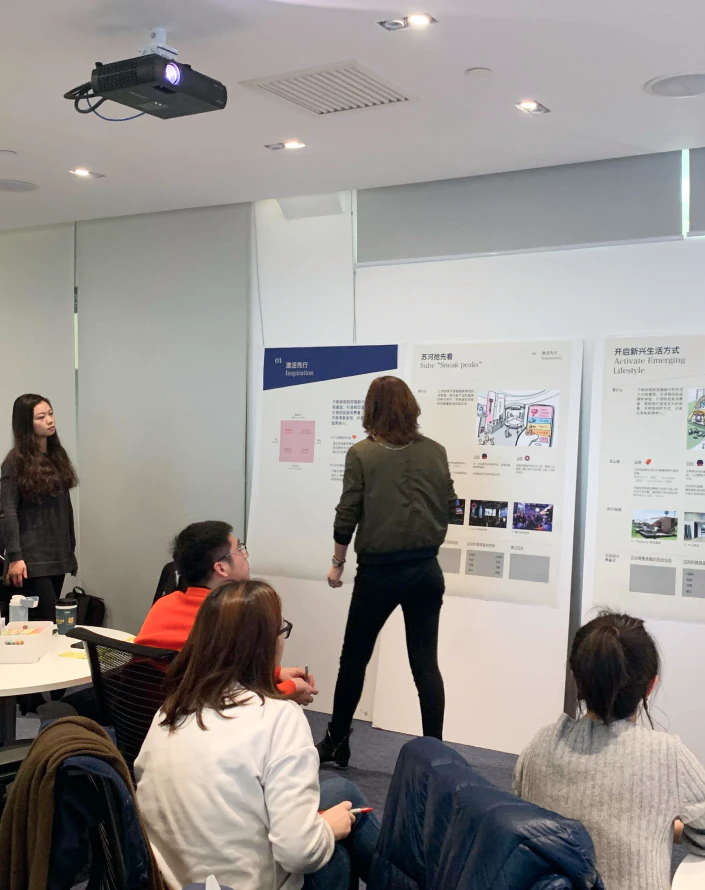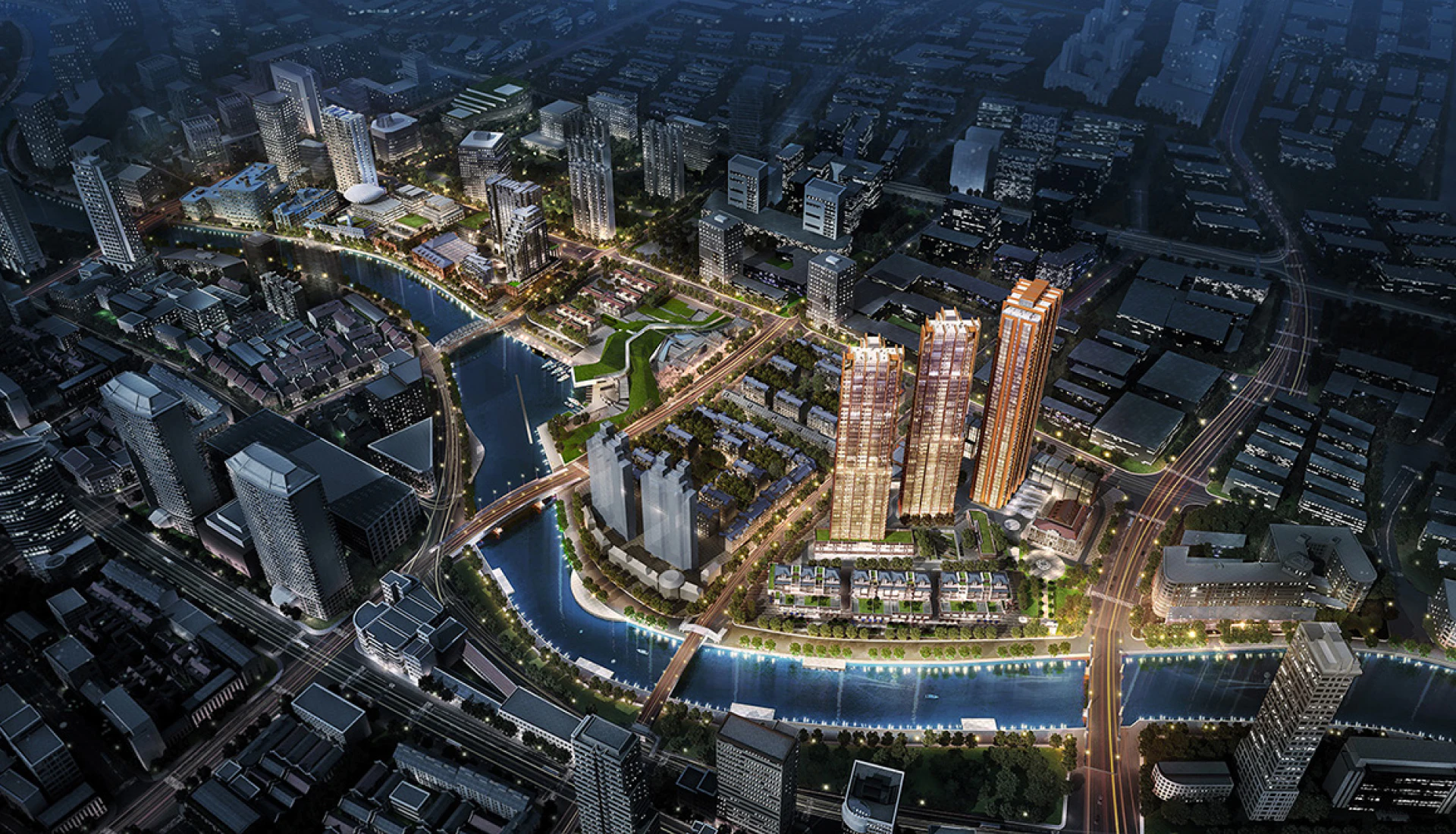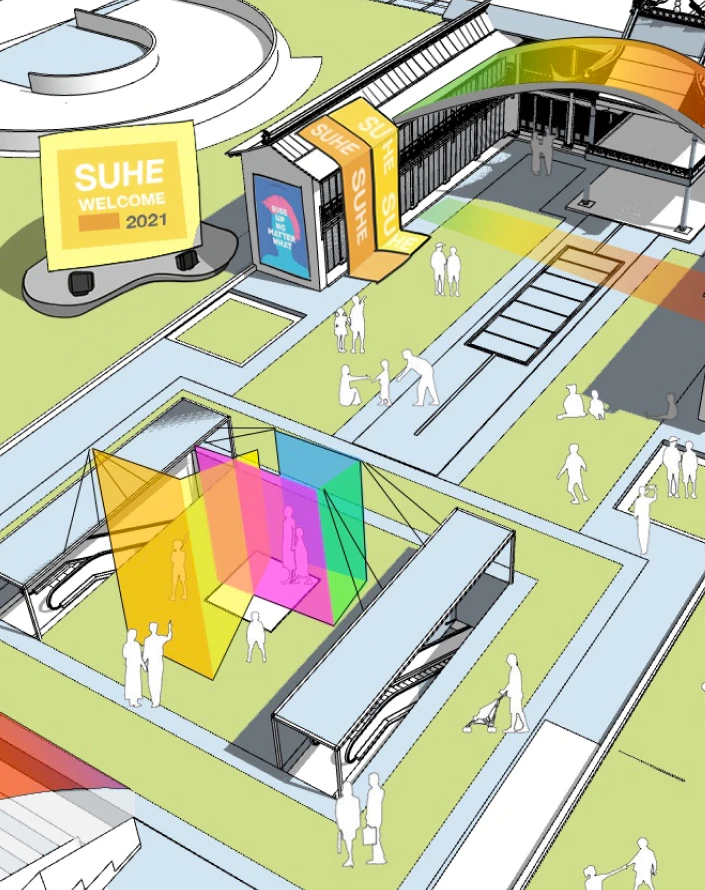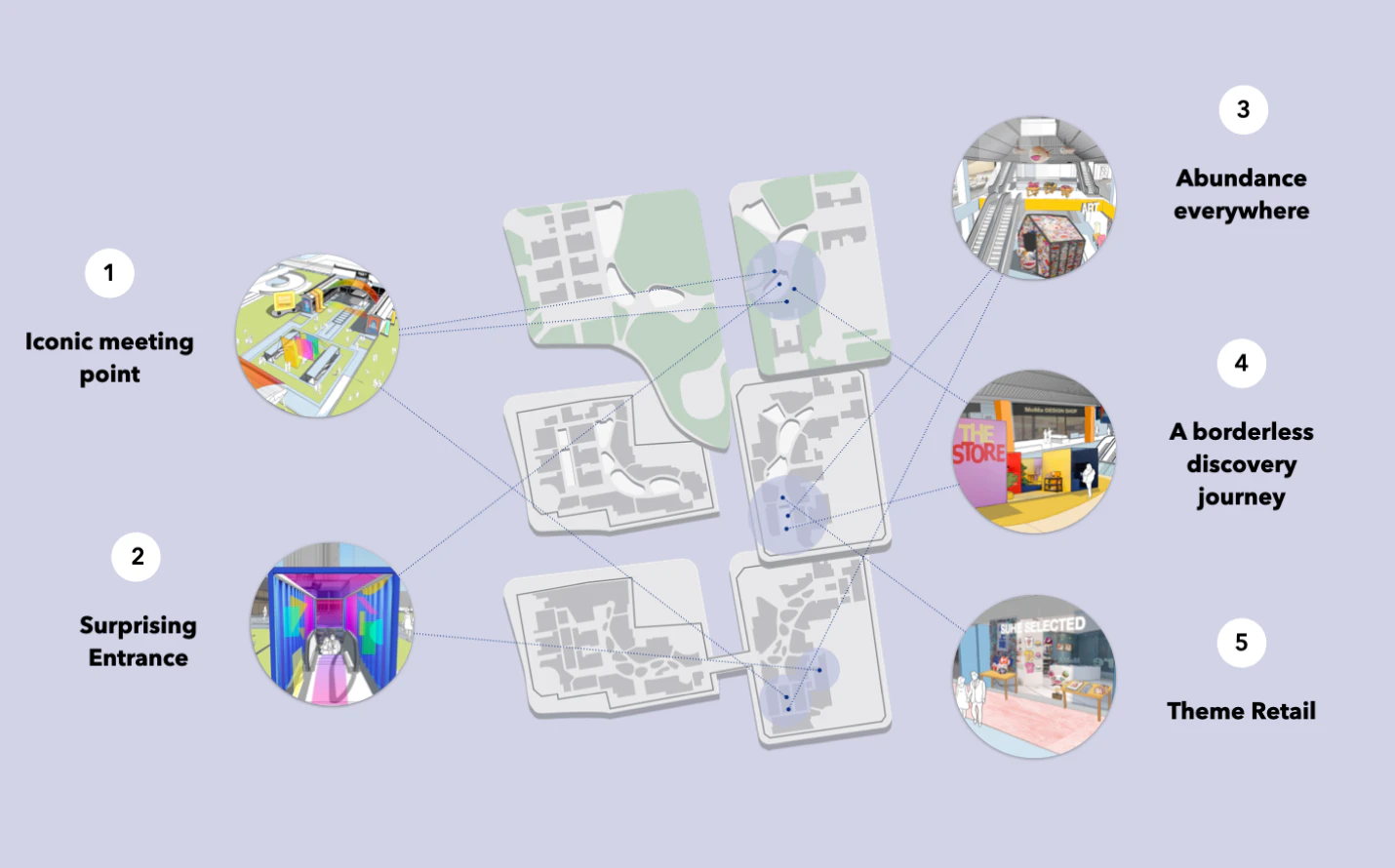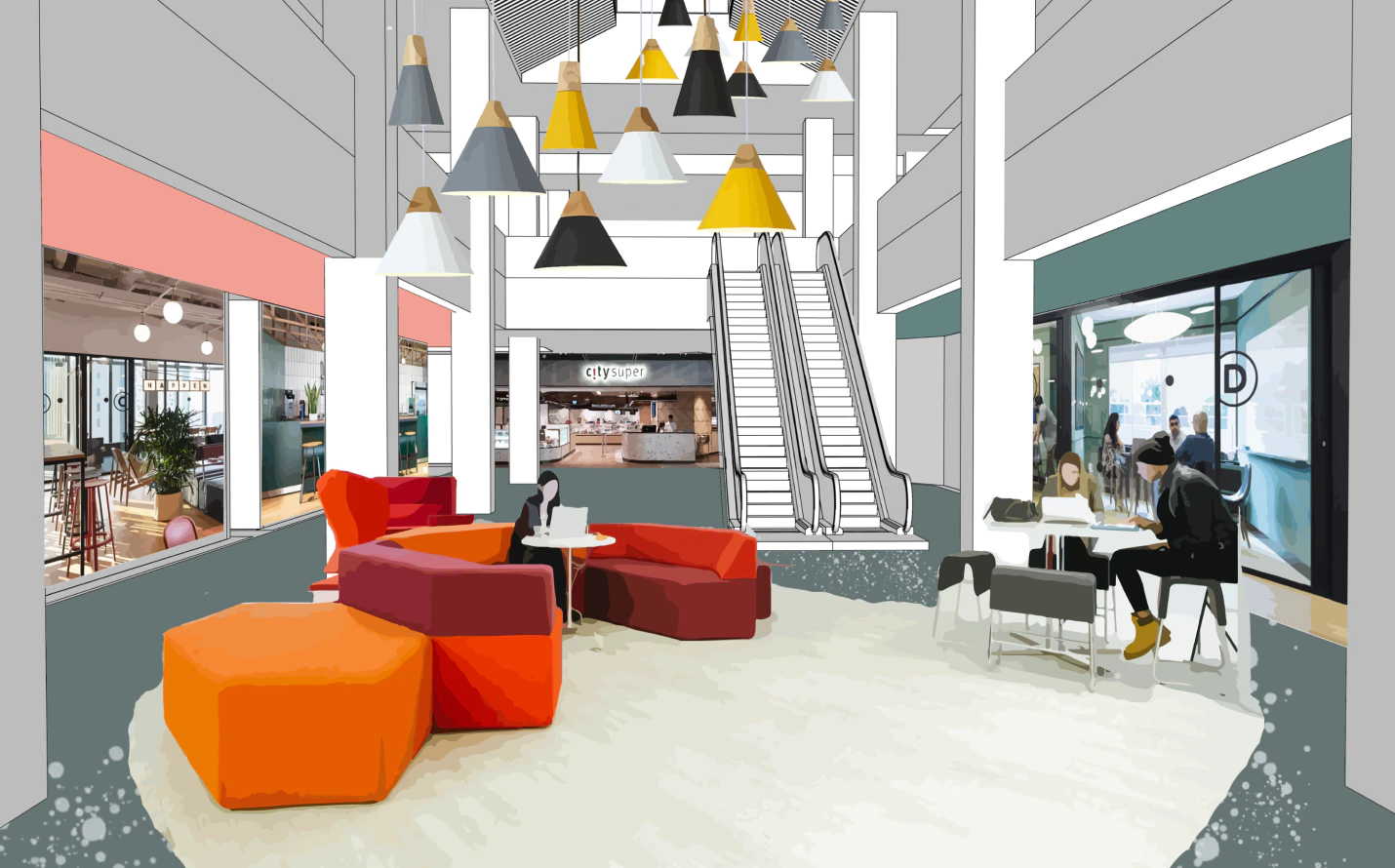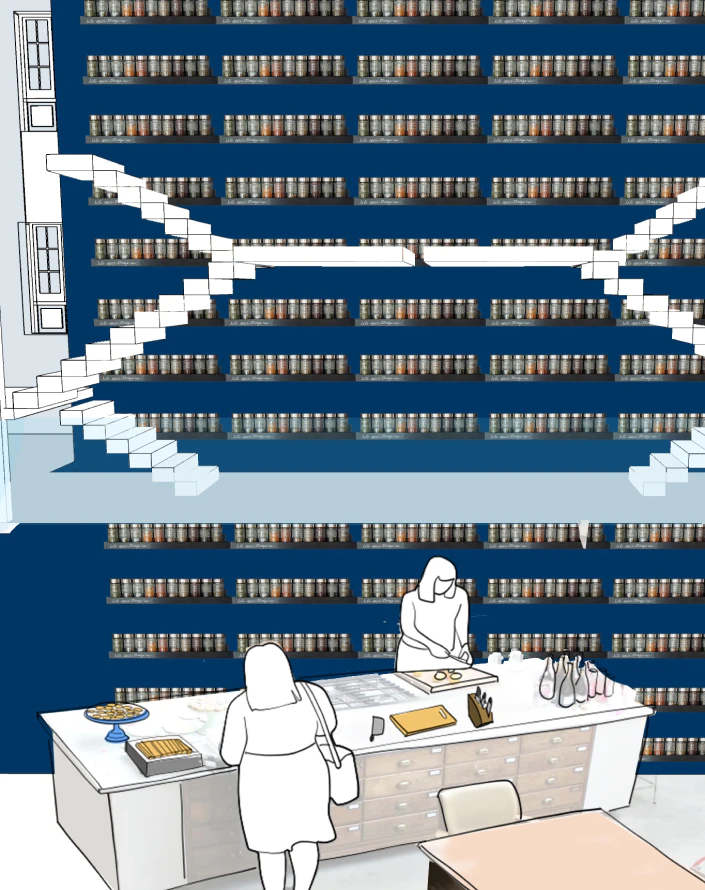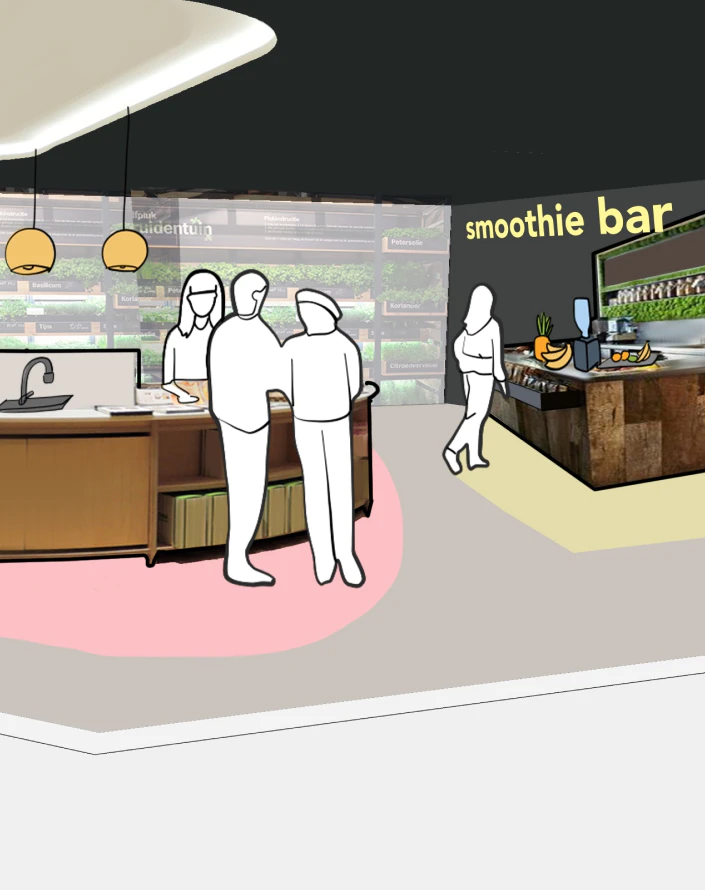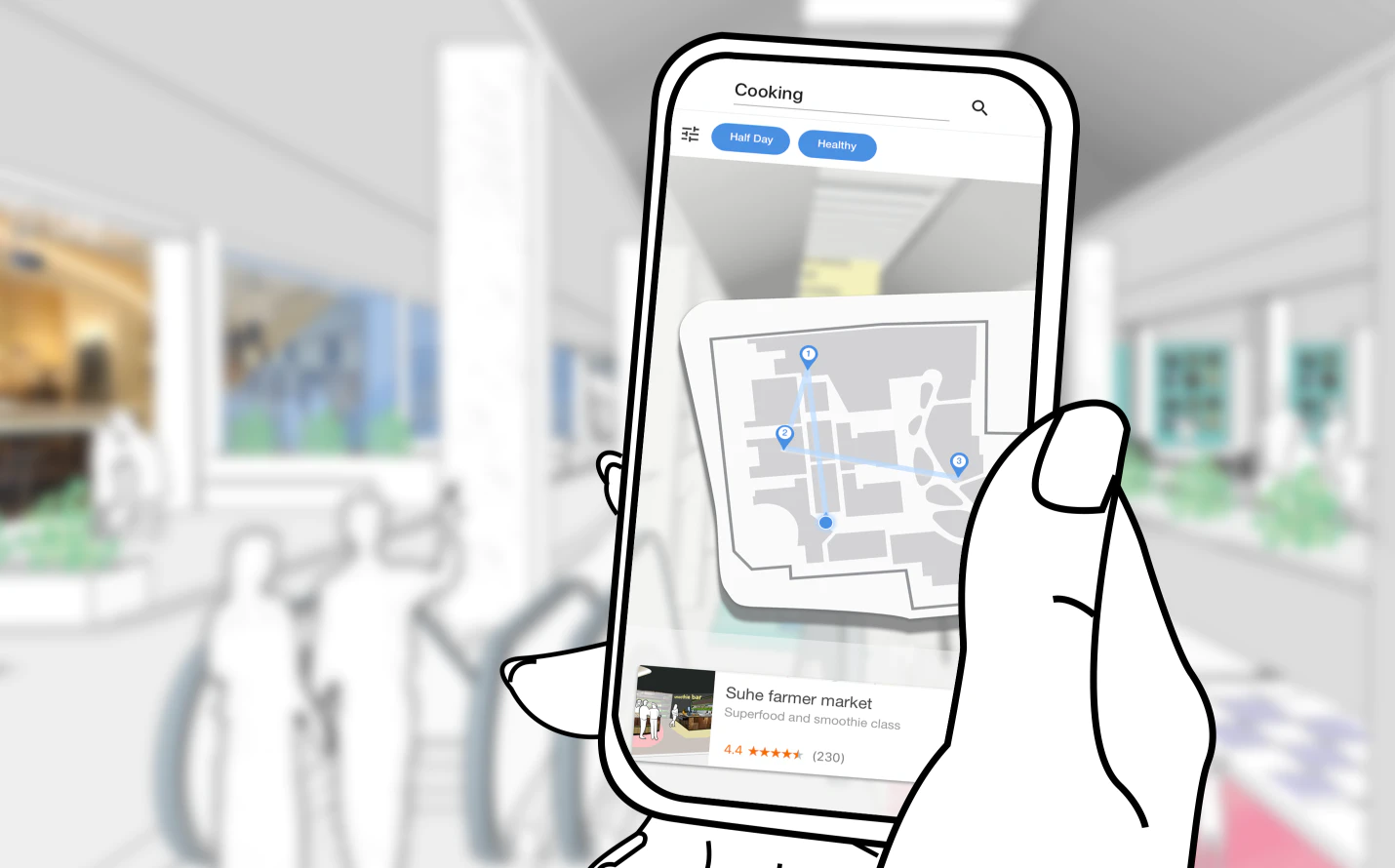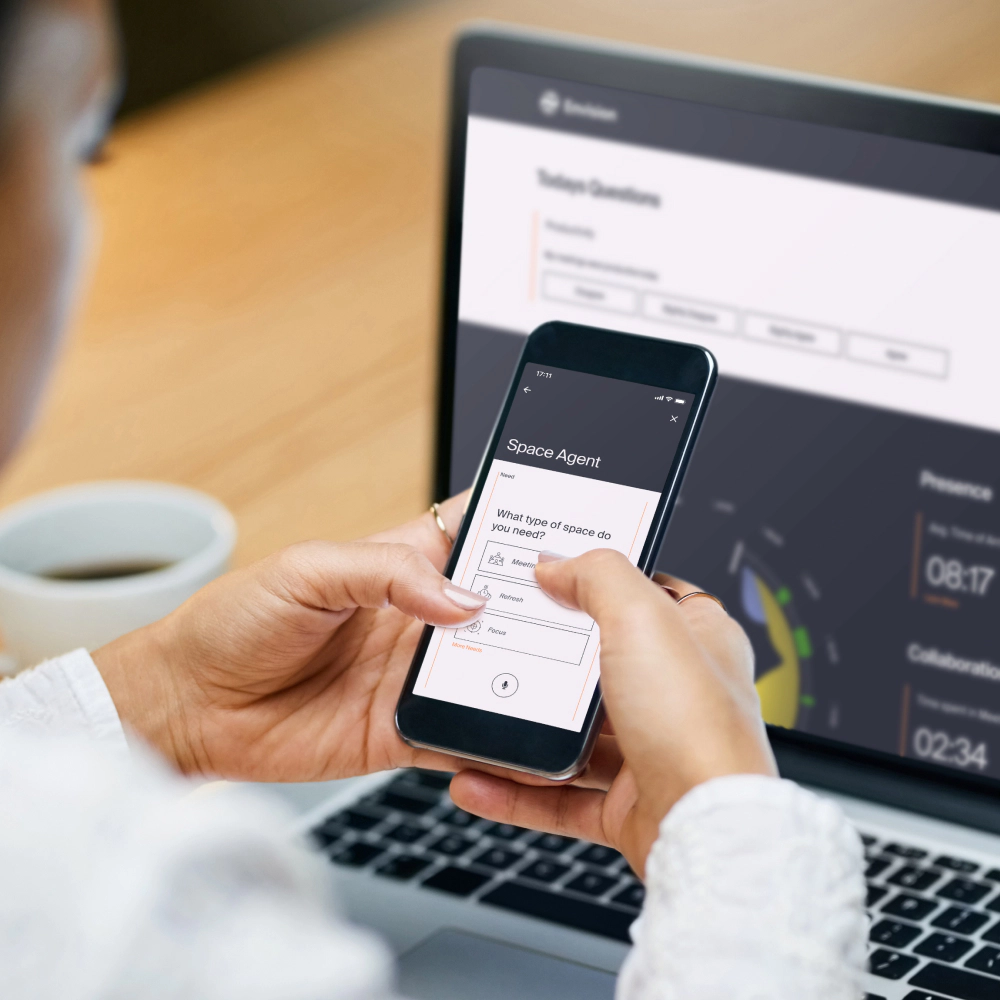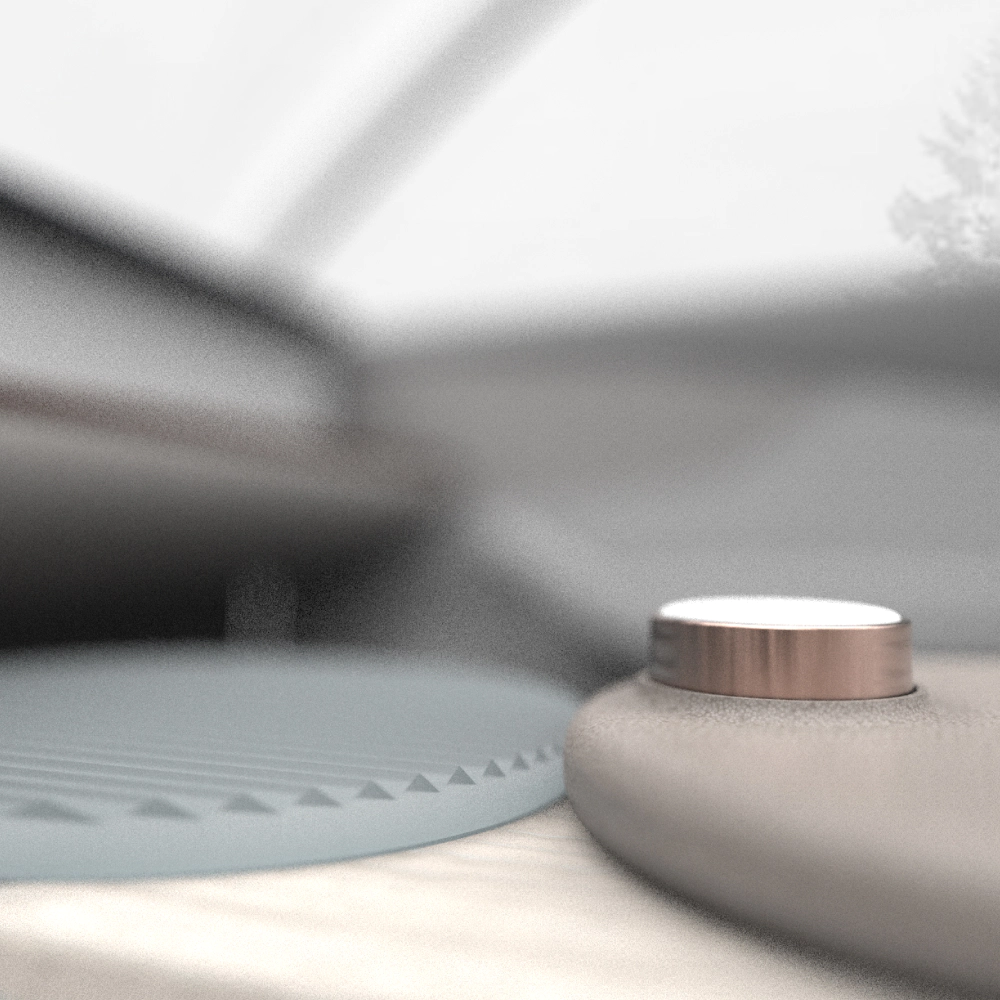Kickoff
360 review of the current situation
To quickly understand the complexity of the current state, we kicked off a series of interviews with different functional teams, regional leaderships of Eastland, and the design firms in charge of the architecture and landscaping. The outcome helps us to uncover a few key issues to focus on.
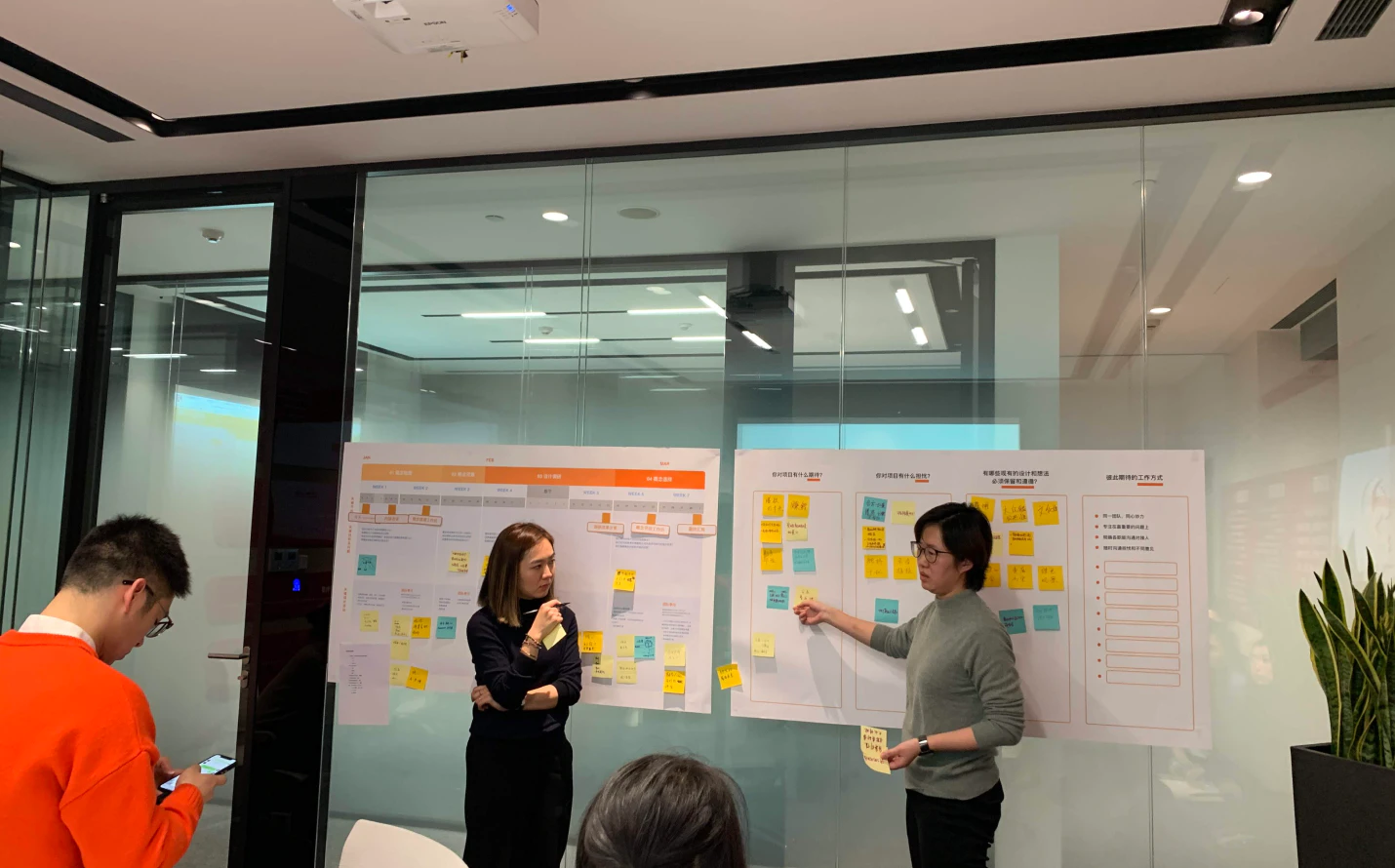
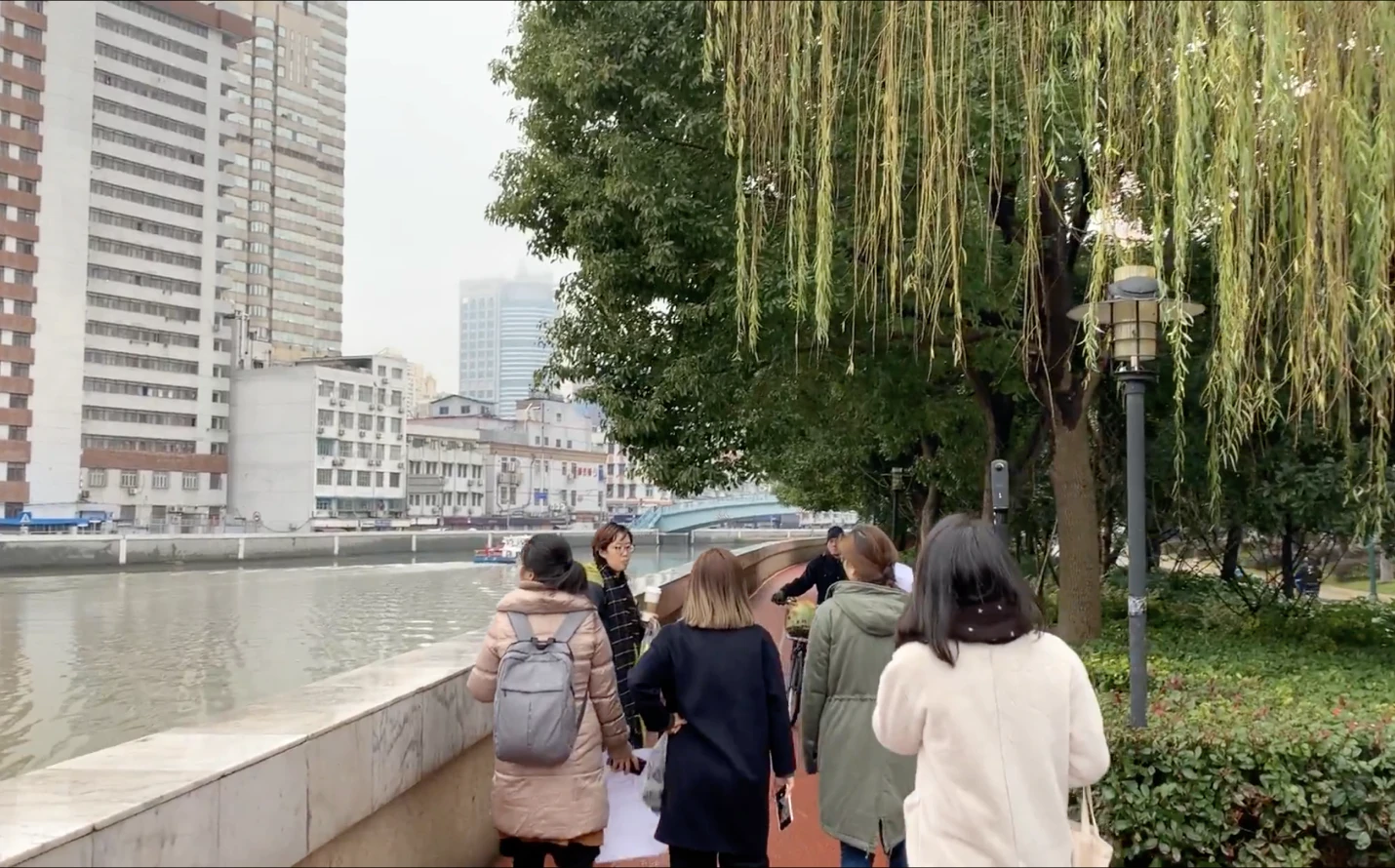
Research
Finding the thread in the mess
In the interview, we found the team had gone through rounds of ideation and positioning. They had many great ideas and initiatives, but the overall vision was still unclear. To connect the dots, we collected key Ideas from all parties, including consumer research, space design, leasing, and programming ideas, and distilled them into a set of themes, and concepts with assumptions to be explored. The efforts gave us a kick start and set a cornerstone for future exploration.

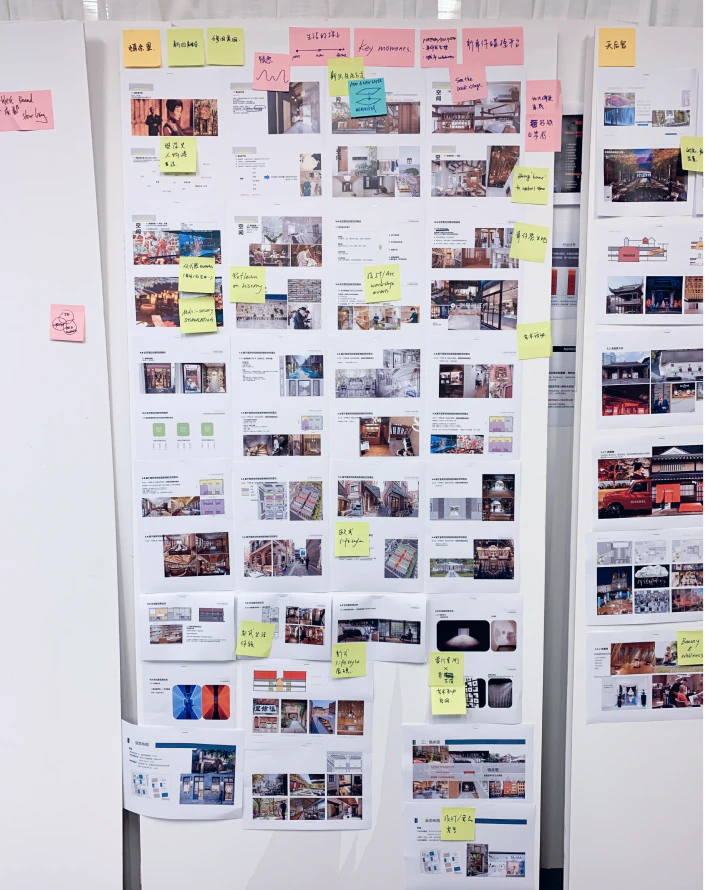
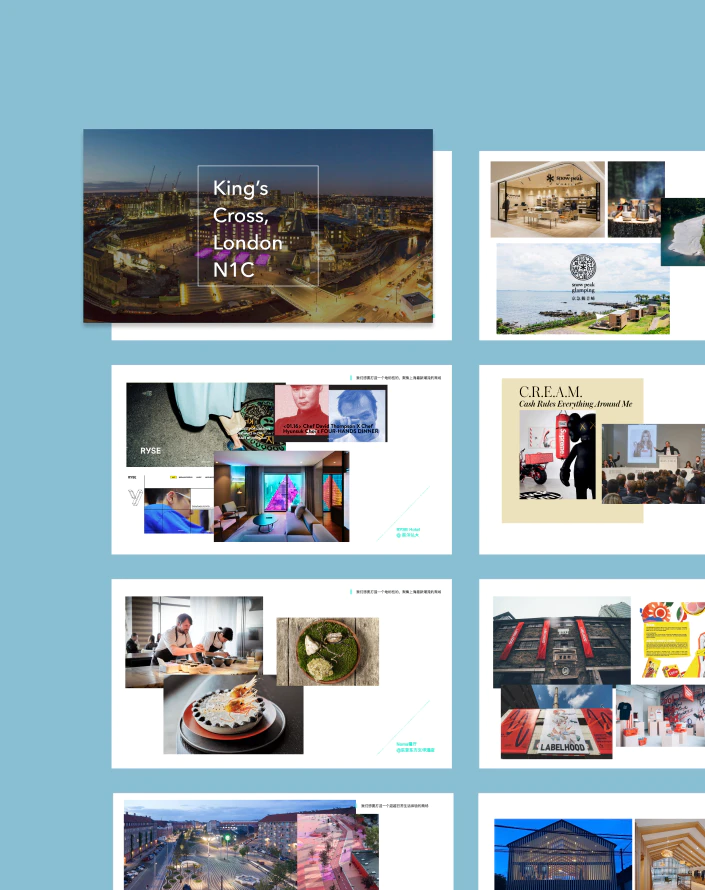
Design
Visualizing the experience through journey mapping
To align the direction, we hosted a co-creation workshop with the leadership of different functional teams in Eastland. We playback what we hear, including consensus and tension found in the internal research, common them around exiting ideas, and inspirational case studies to bring provocation into the conversation. We invite the group to imagine what the user journey might be by matching concept cards with different spaces. The exercise helps the team think more tangibly and collaboratively while bringing the vision down to earth to test it in the real world.

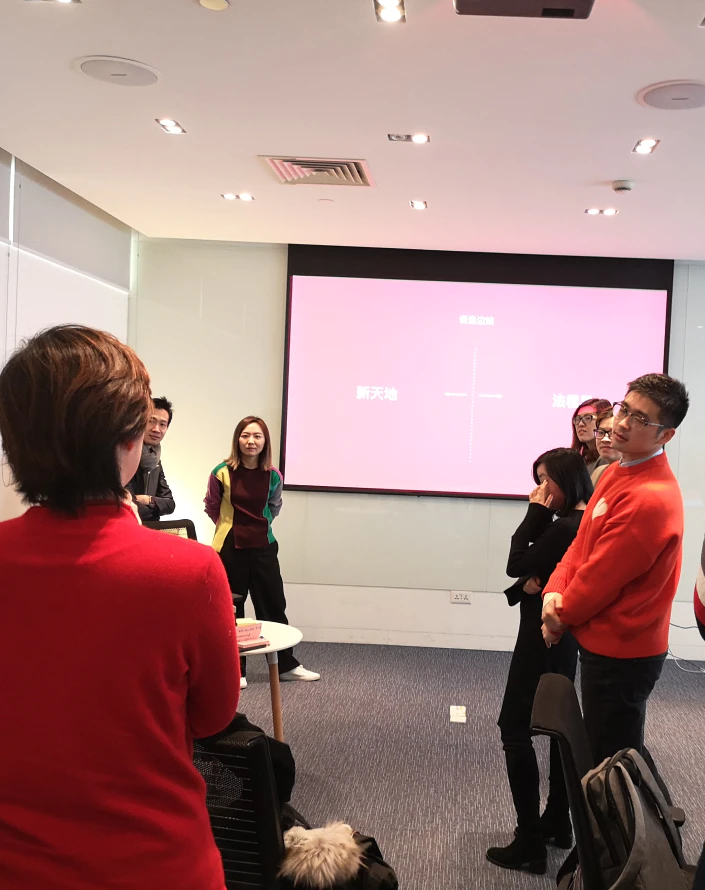
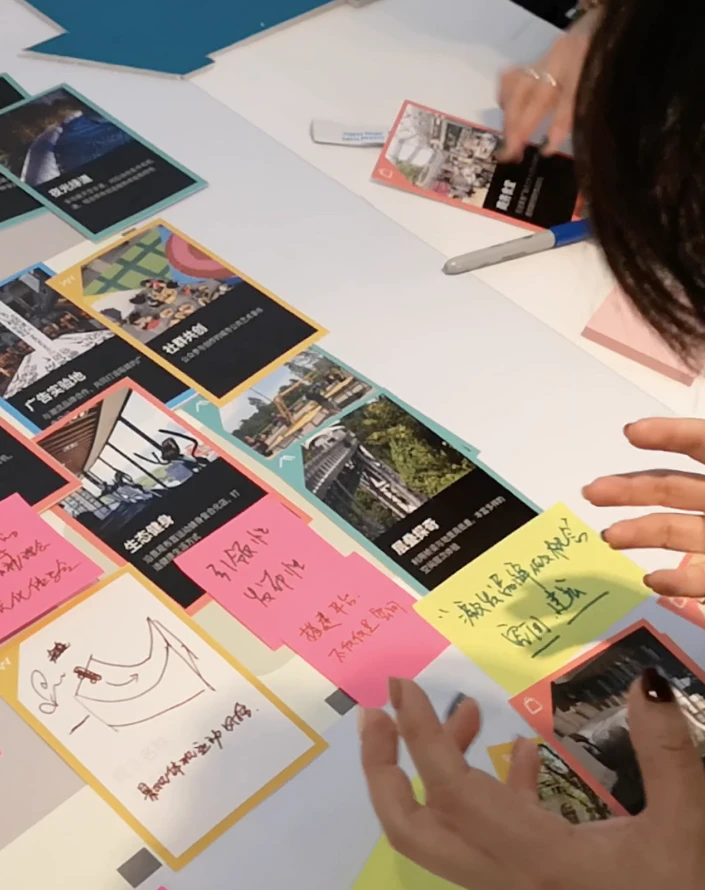
Testing
Getting signals from consumers and experts
With the developed storyline and concepts, it is time to see how it resonated with people. To ensure we have broad coverage, we recruited 11 consumers with mixed demographics, lifestyles, and consumption behaviors. We test our concept prototype in various settings, including focus groups, shadowing, and home interviews to probe the needs and preferences in different topics. In the meantime, we also work with experts from art, history, and city planning to draw inspiration from the best practices. The insights uncovered a clear set of consumer archetypes and signaled signature experiences that speak to the value proposition.

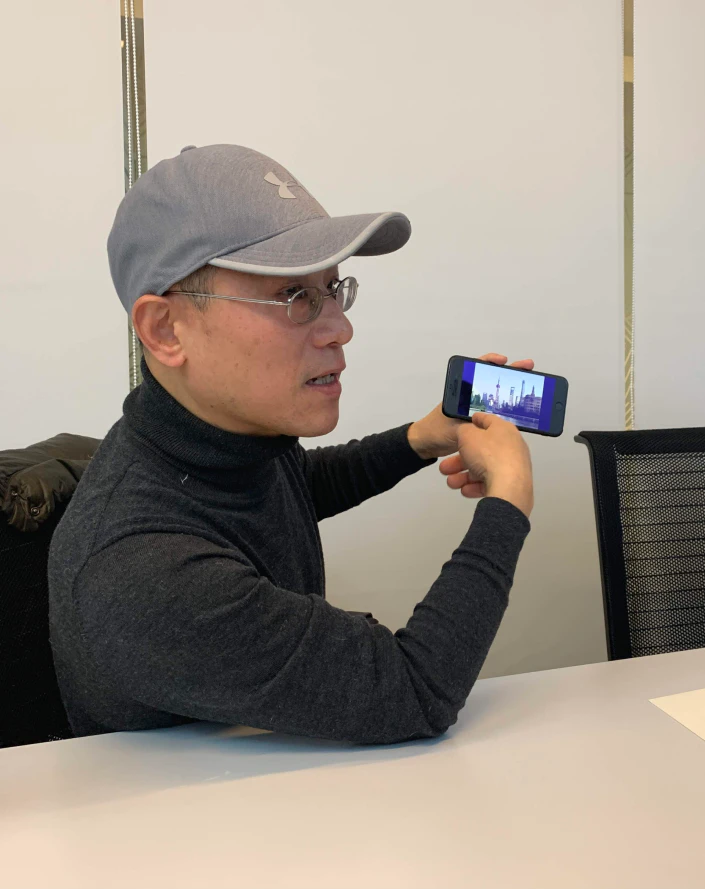

Design
Iterating from blueprint to execution
With the positive feedback from the consumers, we start to sharpen our design. By working with Eastland and the partner design firm, we iterate the value proposition and concept through a series of evaluations and prioritization. This process helps the group recognize the strengths that they can play, with trade-offs to be made to push the vision forward. The design went from overall positioning to the actual floor plan, leasing, and programming, providing an anchor for the leadership to see the final resolution of the shopping complex.
